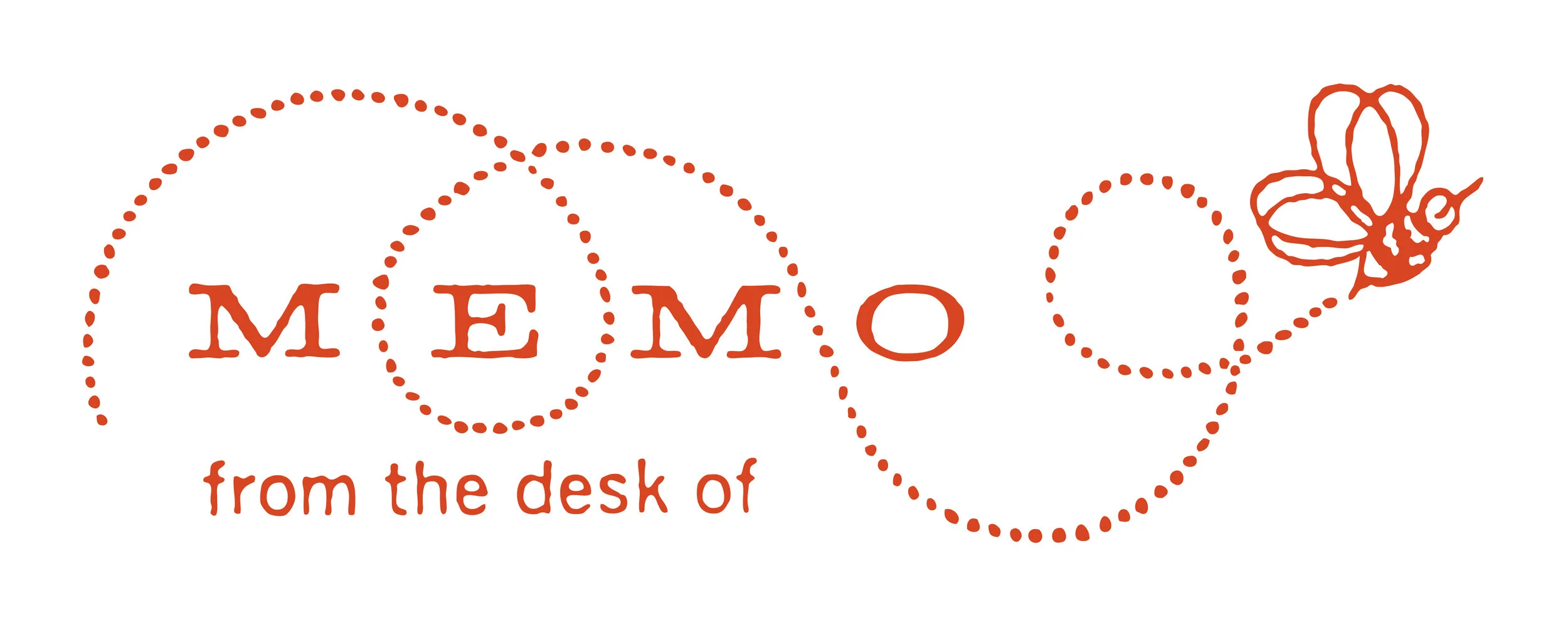“Right now, we are going through the height of winter, which may not be your favorite season of the year but for which there is a multitude of vocabulary words to describe it.”
On Writing Memos
“What is a memorandum you may ask? A memorandum or ‘memo’ is a type of written message passed along in a business for internal changes and review. Being able to edit, write, and understand memos is a key part of being successful in the business world. Memos are usually shorter in terms of written length and can range from as little as 100 words to about 1000 words depending on the subject matter.”
Double The Word Phenomenon
“The particular reason why this particular comedy hour stood out to me was due to Jerry’s focus on a peculiar aspect of the English language and how it was even strange to him even as a native speaker and whose English vocabulary is varied and mature. He was drawn to the fact that in the English language, we sometimes have this tendency to repeat certain words again or back to back and it can still make sense.”
Colons
“The colon is very useful in the English language, but it is also considered to be a bit underused as a means of punctuation within the world of grammar. You have to understand the circumstances for which a ‘colon’ can be used as well as a few examples of when it can show up in a regular sentence. If you can master colons, you can definitely count yourself as being advanced as an English learner.”
The Art of Using Rhetorical Techniques
“Rhetorical techniques are used in English writing to convey a meaning or a sentiment that the reader understands and is able to relate to emotionally or otherwise. A technique like a metaphor or a simile is used to persuade a reader to consider the topic being addressed from a different point of view(s).”
Stringing Together Semicolons
“Similar to commas, Semicolons are an important punctuation mark that plays a key role in many English sentences. When you think of a semicolon, think of it being a slight pause in a sentence between the two main clauses or parts that should be separated as you would do with a comma. You will want to use the semicolon in between two independent clauses within a basic sentence and this is especially true if there is no coordinating conjunction being used such as and, or, but, etc.”
Commas
“The Comma is an integral part of any English language sentence and while it may not come up all the time, it is likely to come up many of your sentences especially if they are longer than 10 sentences. The comma helps us to avoid run-on sentences or sentences that are too long-winded, which will distract the reader, and take away from the meaning of your sentence(s). Commas should be used moderately to not to introduce many pauses within your sentences.”
Sentence Order and Structure
“What is the SVO rule you may be asking? Good question. SVO stands for Subject – Verb – Object, which is the chronological order for which English sentences are made of. Other languages besides English may be forming sentences as Subject – Object – Verb, Object – Verb – Subject or Object – Subject – Verb but just for this particular language that we are learning which is English, we are going to stick with Subject – Verb – Object and the SVO rule.”
How to Use Words of Encouragement in English
Understanding English Verb Moods
“A verb mood in English shows the writer's attitude toward what he/she is saying. There are four different and distinct verb moods that we use in the English language to highlight a kind of behavior or belief that needs to be expressed independently or dependently. The four verb moods that we will cover in this article are indicative, imperative, subjunctive, and infinitive.”















